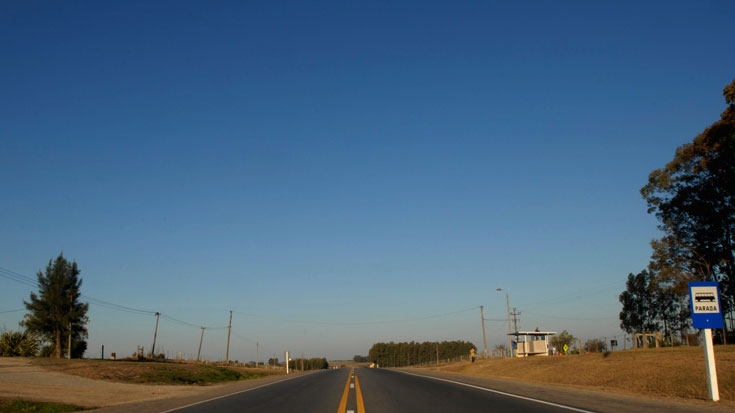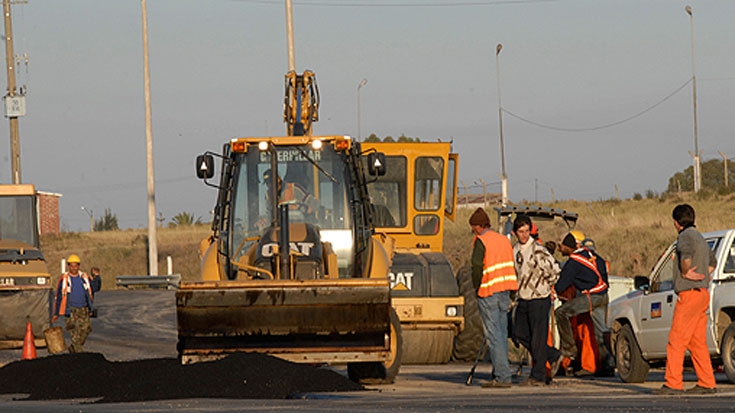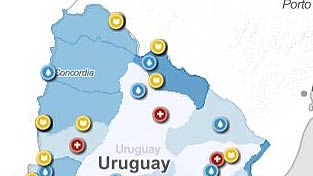Challenge
The main challenge was to keep up with the required road infrastructure maintenance and rehabilitation needs, despite of public budget cuts stemming from the economic crisis. From 2000 to 2004, the economic crisis and increasing budget restrictions contributed to a fall in the value of road assets in the country from its peak in 2000 of US$2.23 billion to US$2.14 billion. The percentage of roads in very good condition dropped from 22% to 19% and the percentage in poor condition increased from 25% to 33% from 2001 to 2003. Despite consistency of policies in terms of absolute priority to maintenance, the lack of investment inevitably took a toll in terms of the condition and value of road infrastructure assets.
Approach
The Project included activities aimed at arresting the deterioration of the road infrastructure and reducing transport costs by: (i) rehabilitating key transport links, in order provide better logistics competitiveness; (ii) removing infrastructure bottlenecks to improve regional integration and trade; (iii) modernizing MTOP in its responsibilities in infrastructure management and road safety; and (iv) promoting participation of the private sector in road maintenance, through the promotion of performance-based contracts. These activities aimed at addressing the sector challenge by providing more funding to the road maintenance public investment and providing further efficiency, both on the public and private sides, to road maintenance management.
Results
This project brought about key outcomes in terms road infrastructure asset preservation and transport condition improvement, not only on the Uruguay national road network, but also on rural roads. The road infrastructure asset value, a critical asset of the country, has been maintained. Road condition has improved on the strategic road network, conducive to direct benefits for interurban passenger transport and freight movement, in terms of travel times, reliability, reduced costs, and road safety. The distributional effects of the project, through several campaigns of maintenance of rural roads, have reached local remote communities and producers, providing better access to markets as well as social services (education, health facilities in particular). In numbers, Project results include: (i) 5 bridges on MERCOSUR corridors upgraded; (ii) approximately 130 km of national highway rehabilitated to facilitate transportation; (iii) more than 430 km of paved national roads maintained with cost-efficient performance-based contracts (CREMA); (iv) several campaigns of maintenance of the 9,000 km of rural accesses, key for the agro-industry production as well as for the communities; and (v) critical institutional strengthening activities, focusing on transport planning and road management, completed.



